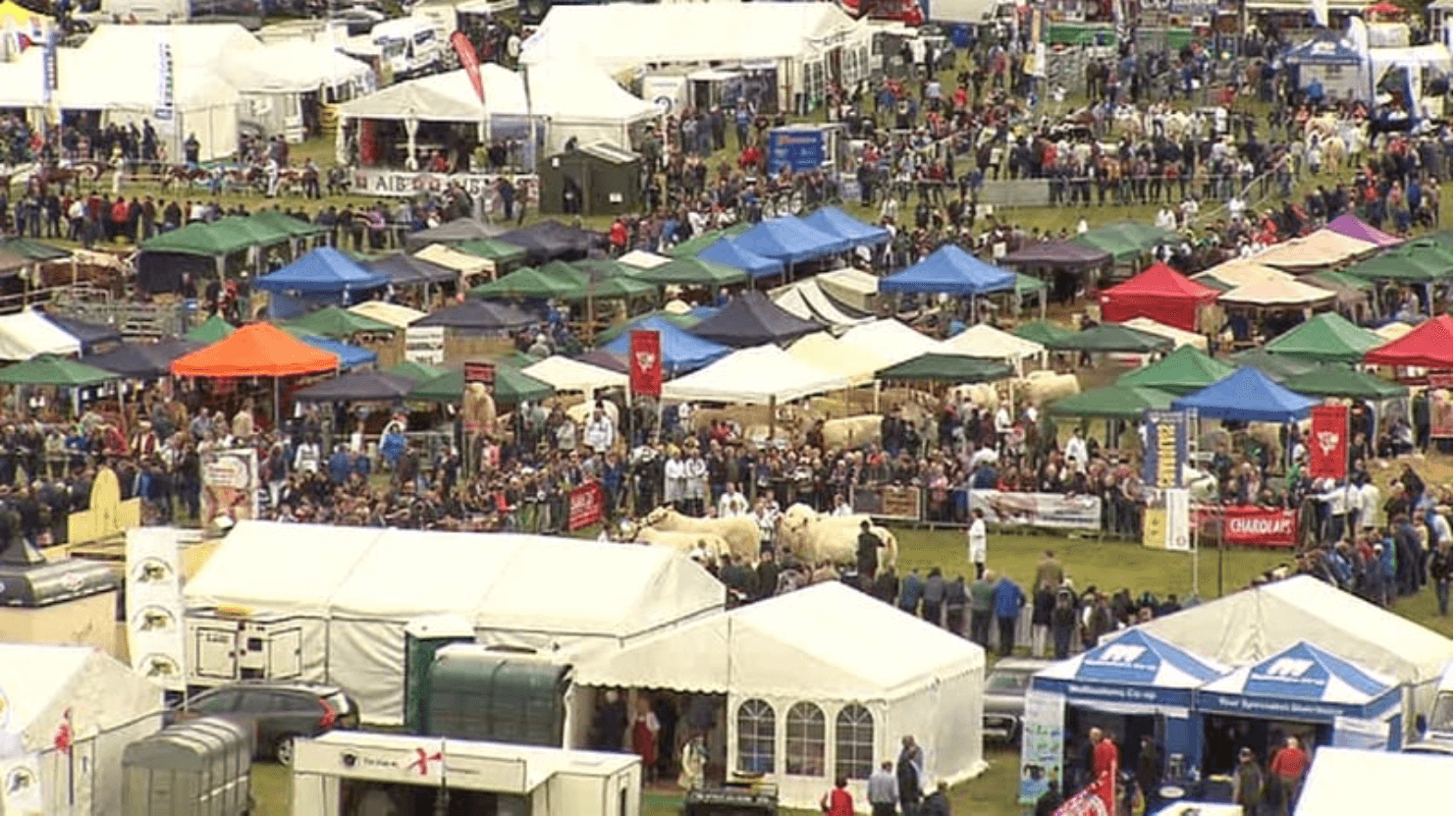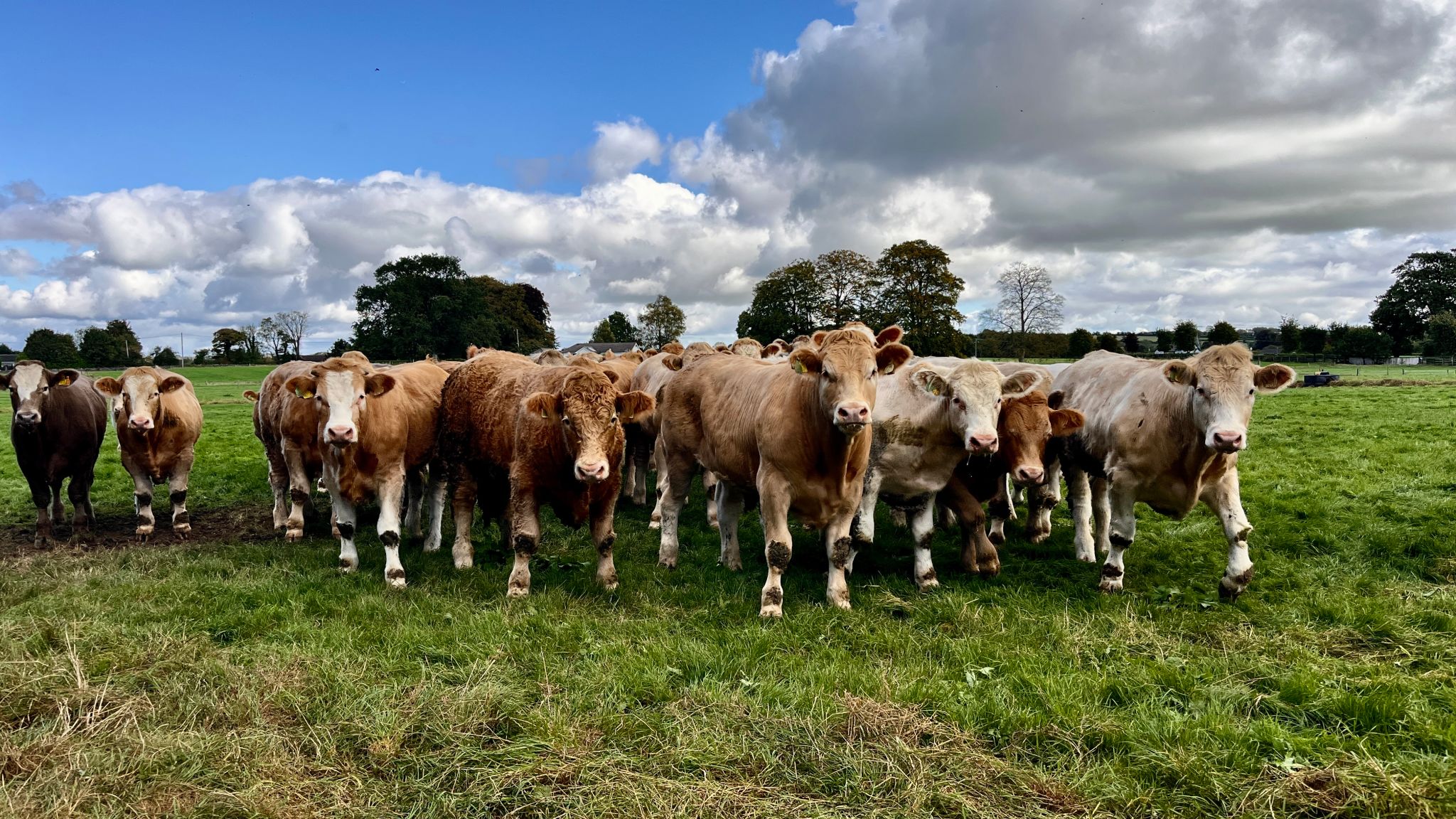Tullamore Show 2025: Celebrating Rural Ireland's Vibrant Spirit
Introduction
If you wanted proof that farming still pulls a crowd, you only had to be in Blueball last Sunday. The Butterfield Estate was heaving from the minute the gates opened, and by the end of the day more than 60,000 people had wandered through, that’s the population of a small city, all crammed into one site for one day. Stalls? Around 700 of them, covering everything from heavy machinery to handmade butter paddles. It had that rare mix of business and pleasure, the kind of event where you could price a new slurry tanker in the morning and end up tasting apple tart in the home industries tent after lunch.

A Yard Full of Pride
The livestock rings never disappoint, and this year they were packed. Shorthorns with deep red coats, Holsteins polished to a high shine, Limousins broad and powerful, and Connemaras trotting out like they owned the place. One young handler led in a calf with such control you could see the hours that had gone into the training. There were over 5,000 competition entries across the whole show, from livestock to crafts, produce to fashion. For those who took home ribbons, it wasn’t just about bragging rights — a win at Tullamore can lift a breeder’s reputation and value for years.

Young Farmers Stepping Forward
With the average Irish farmer now around 59 years old, seeing younger faces was heartening. One story in particular stood out, Christopher Cahill from Cavan, who’s running a dairy herd in Westmeath through a shared farming arrangement. The landowner brings the land and facilities; Christopher owns the stock. It’s opened a door into farming without the crippling land purchase costs, and it’s working for both sides. Models like this might be one of the few real answers to Ireland’s succession problem, especially for those without a family farm to inherit.

Safety That Hits Home
Storm Éowyn earlier this year left plenty of farms with trees down, and Farm Safety Live tackled the dangers head-on. The chainsaw safety demos had crowds three-deep. Jim Dockery from FRS Co-Op reminded everyone that a fallen tree can be just as dangerous as one still standing — hidden rot, internal strain, and weight shifts can make cutting unpredictable and deadly. His advice was blunt: if you’re not trained, leave the big stuff to the professionals. It was the sort of no-nonsense message that seemed to land with the audience.

Sustainability in Real Terms
The Sustainable Livestock Village wasn’t about theory — it was about practical changes that actually work. One stand showed how farmers had cut nitrogen use by 15–20% with better timing and soil pH balancing, and still kept grass yields steady. Another had clover-rich swards producing thicker, more nutritious pasture in just a few months. You could see farmers asking about costings, timelines, and whether these systems would suit their own land. This is where the conversation is moving — sustainability as part of the normal day-to-day, not an optional extra.

Policy Talk Behind the Smiles
Despite the sunshine and the crowds, there was serious talk going on in the background. CAP reforms, the Mercosur trade deal, and the nitrates derogation came up again and again. Tánaiste Simon Harris called farming “essential” and promised to keep fighting for a ring-fenced CAP budget. IFA President Francie Gorman warned that Mercosur could open the door to lower-standard beef imports, undermining Ireland’s 100,000 livestock farmers. You could hear those same concerns echoed in the quieter chats between farmers leaning on gates or standing by the livestock pens.

The Numbers That Stick
It’s one thing to say the show was busy, but the numbers tell the real story: over 60,000 visitors, about 700 trade stands, and more than 5,000 competition entries in 2025. Ireland as a whole has 133,174 farms, averaging 34.7 hectares each, and over half specialise in beef. Nearly a quarter of all farms are in the West, which helps explain why Tullamore pulls such a strong crowd from that part of the country.

Conclusion
By the time the last cattle box had rolled off site and the final bit of litter was swept away, it was clear the Tullamore Show had been more than just a sunny day out. It was a reminder that Irish farming is still proud, still skilled, and still adapting — whether that’s younger farmers finding new ways in, stockmen keeping standards sky-high, or the whole sector holding its ground on policy. It’s not just a show; it’s proof that rural Ireland still knows how to show up, speak out, and keep moving forward.
*By Anne Hayden MSc., Founder, The Informed Farmer Consultancy.
